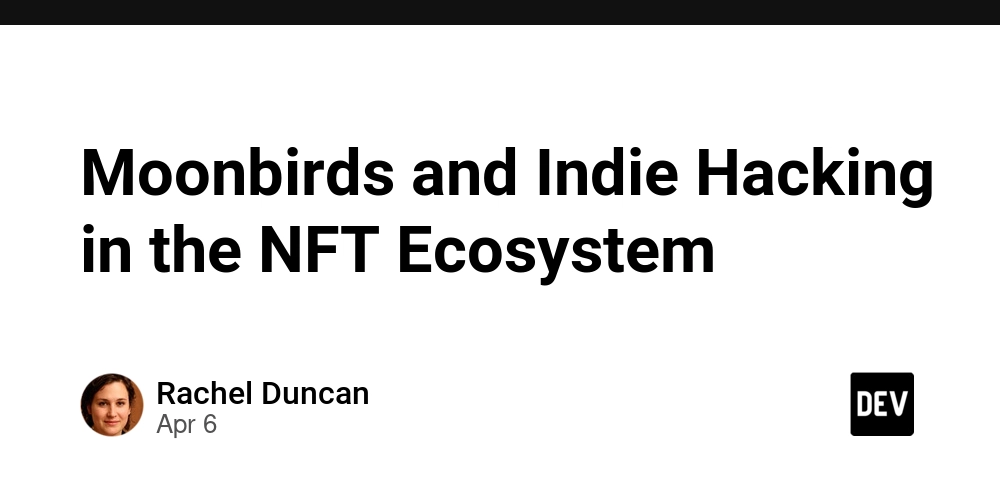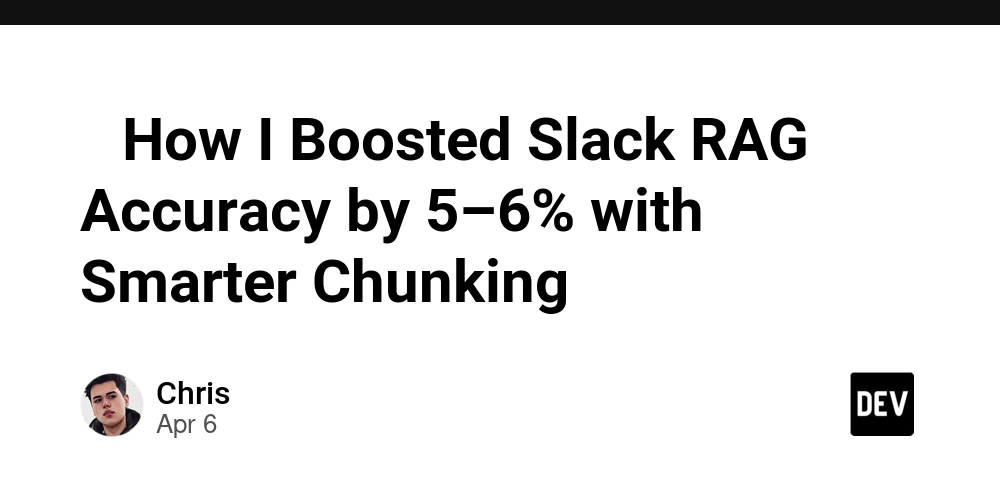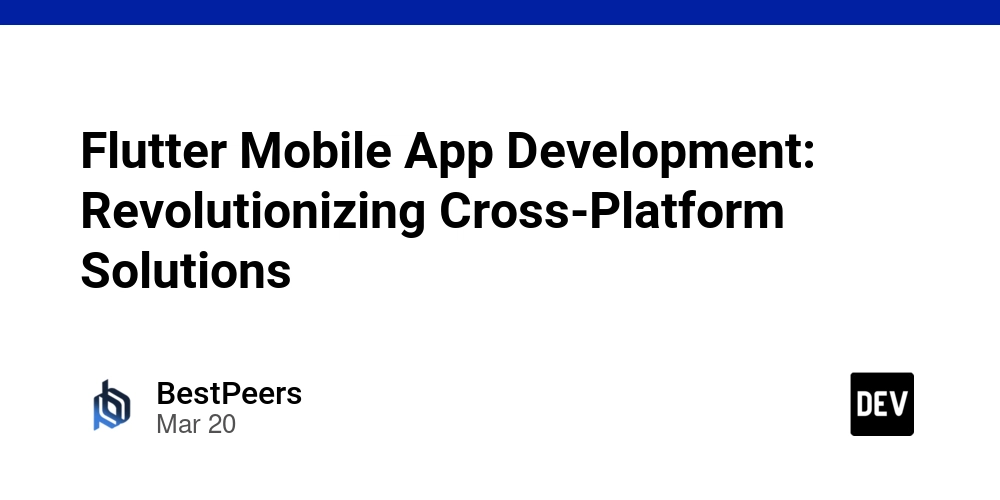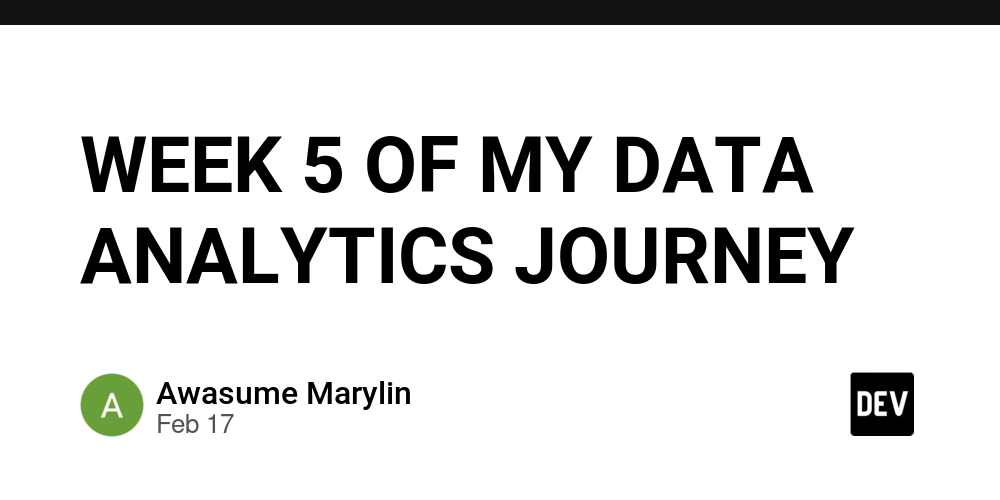From Surveys to AI: How Prolific is Revolutionizing Data Collection
Online research and data annotation have undergone a remarkable transformation in recent years. Once relegated to small-scale surveys or niche psychological experiments, the domain of online participant recruitment now spans everything from social science research and market testing to large-scale AI model training. Amid this ever-expanding landscape, Prolific has emerged as a platform that places a premium on both data quality and ethical considerations—two elements that many argue have been historically under-emphasized or overlooked in the world of online data collection. This blog post aims to provide a deep, multifaceted exploration of Prolific: its history, its guiding principles, its features, and the broader research context in which it operates. Along the way, we will examine competing platforms, discuss use cases, address criticisms, and envision Prolific’s future trajectory. Whether you are an experienced researcher, an AI developer seeking reliable training data, or simply someone interested in the ethical dimensions of online research, this post offers a comprehensive look at why Prolific stands out and how it fits into the broader evolution of virtual participant pools. 2. From Surveys to AI: The Shifting Landscape of Online Research Before we delve into the specifics of Prolific, it is helpful to understand the context in which it operates. The last decade has witnessed a massive shift in how research is conducted: Academic Studies Migrating Online: During the pandemic era and beyond, academics have increasingly turned to online data collection methods to bypass the limitations of in-person studies. This shift has proven beneficial by yielding faster participant recruitment, reduced costs, and access to geographically diverse samples. Corporate and Market Research: Businesses in every industry—technology, finance, healthcare, consumer goods—have adopted online surveys and user testing as crucial components of product development and market strategy. Platforms like Prolific provide fast turnaround and direct access to targeted demographics. Artificial Intelligence Training and Human-in-the-Loop Systems: With AI’s explosive growth, the demand for high-quality training data has skyrocketed. Whether it is labeling images, transcribing audio, or evaluating natural language outputs, crowdsourcing via online platforms has become indispensable for building robust AI models. In parallel with this growth, concerns about data quality have intensified. A single fraudulent or inattentive respondent can skew study results, introducing noise or bias that undermines the entire project. Likewise, ethical concerns—particularly around participant compensation and data privacy—have become front-and-center issues in many scholarly and public discussions. Prolific situates itself at the nexus of these trends. By emphasizing carefully vetted participants, fair pay, and transparent communication, it offers itself as an antidote to platforms with looser controls and historically lower pay rates. 3. Historical Context of Online Research Platforms 3.1 Early Days: Email Lists and Forums The earliest forms of online research recruitment often involved emailing lists of potential participants (often students or professional groups) or posting calls for volunteers in specific online forums. While these methods occasionally yielded dedicated respondents, the approach was highly manual and geographically constrained, limiting participant diversity and volume. 3.2 The Rise of Marketplaces: Mechanical Turk and Others The big shift came with Amazon Mechanical Turk (MTurk), launched in 2005. MTurk introduced a marketplace model in which “Requesters” posted tasks (Human Intelligence Tasks, or HITs) and “Workers” performed these tasks for modest sums. This model dramatically increased both scale and efficiency, transforming how social science, marketing, and AI data tasks were conducted. However, along with its advantages, MTurk also introduced well-known limitations: Low Pay Rates: The race-to-the-bottom pricing meant many studies paid participants extremely low wages, sometimes just pennies for tasks requiring significant mental effort. Data Quality Concerns: Inattentive or fraudulent workers (including bots) entered the marketplace, requiring researchers to implement complicated attention checks. Ethical Dilemmas: Researchers and technology companies sometimes exploited the lack of clear guidelines around compensation and participant treatment. 3.3 Emerging Concerns About Data Quality A wave of academic papers published in the mid-to-late 2010s scrutinized data collected via MTurk. Although the platform gave researchers unprecedented reach, studies started to show that inattentiveness, repeat participation, and potential bot infiltration were non-trivial challenges. As researchers recognized these pitfalls, the quest for a more reliable platfor

Online research and data annotation have undergone a remarkable transformation in recent years. Once relegated to small-scale surveys or niche psychological experiments, the domain of online participant recruitment now spans everything from social science research and market testing to large-scale AI model training. Amid this ever-expanding landscape, Prolific has emerged as a platform that places a premium on both data quality and ethical considerations—two elements that many argue have been historically under-emphasized or overlooked in the world of online data collection.
This blog post aims to provide a deep, multifaceted exploration of Prolific: its history, its guiding principles, its features, and the broader research context in which it operates. Along the way, we will examine competing platforms, discuss use cases, address criticisms, and envision Prolific’s future trajectory. Whether you are an experienced researcher, an AI developer seeking reliable training data, or simply someone interested in the ethical dimensions of online research, this post offers a comprehensive look at why Prolific stands out and how it fits into the broader evolution of virtual participant pools.
2. From Surveys to AI: The Shifting Landscape of Online Research
Before we delve into the specifics of Prolific, it is helpful to understand the context in which it operates. The last decade has witnessed a massive shift in how research is conducted:
- Academic Studies Migrating Online: During the pandemic era and beyond, academics have increasingly turned to online data collection methods to bypass the limitations of in-person studies. This shift has proven beneficial by yielding faster participant recruitment, reduced costs, and access to geographically diverse samples.
- Corporate and Market Research: Businesses in every industry—technology, finance, healthcare, consumer goods—have adopted online surveys and user testing as crucial components of product development and market strategy. Platforms like Prolific provide fast turnaround and direct access to targeted demographics.
- Artificial Intelligence Training and Human-in-the-Loop Systems: With AI’s explosive growth, the demand for high-quality training data has skyrocketed. Whether it is labeling images, transcribing audio, or evaluating natural language outputs, crowdsourcing via online platforms has become indispensable for building robust AI models.
In parallel with this growth, concerns about data quality have intensified. A single fraudulent or inattentive respondent can skew study results, introducing noise or bias that undermines the entire project. Likewise, ethical concerns—particularly around participant compensation and data privacy—have become front-and-center issues in many scholarly and public discussions.
Prolific situates itself at the nexus of these trends. By emphasizing carefully vetted participants, fair pay, and transparent communication, it offers itself as an antidote to platforms with looser controls and historically lower pay rates.
3. Historical Context of Online Research Platforms
3.1 Early Days: Email Lists and Forums
The earliest forms of online research recruitment often involved emailing lists of potential participants (often students or professional groups) or posting calls for volunteers in specific online forums. While these methods occasionally yielded dedicated respondents, the approach was highly manual and geographically constrained, limiting participant diversity and volume.
3.2 The Rise of Marketplaces: Mechanical Turk and Others
The big shift came with Amazon Mechanical Turk (MTurk), launched in 2005. MTurk introduced a marketplace model in which “Requesters” posted tasks (Human Intelligence Tasks, or HITs) and “Workers” performed these tasks for modest sums. This model dramatically increased both scale and efficiency, transforming how social science, marketing, and AI data tasks were conducted.
However, along with its advantages, MTurk also introduced well-known limitations:
- Low Pay Rates: The race-to-the-bottom pricing meant many studies paid participants extremely low wages, sometimes just pennies for tasks requiring significant mental effort.
- Data Quality Concerns: Inattentive or fraudulent workers (including bots) entered the marketplace, requiring researchers to implement complicated attention checks.
- Ethical Dilemmas: Researchers and technology companies sometimes exploited the lack of clear guidelines around compensation and participant treatment.
3.3 Emerging Concerns About Data Quality
A wave of academic papers published in the mid-to-late 2010s scrutinized data collected via MTurk. Although the platform gave researchers unprecedented reach, studies started to show that inattentiveness, repeat participation, and potential bot infiltration were non-trivial challenges. As researchers recognized these pitfalls, the quest for a more reliable platform gained urgency.
In this environment, Prolific was conceived and launched. Its founders set out to directly address the ethical and quality shortcomings that had become pervasive in many online data collection avenues.
For the full in-depth guide, download the eBook here: [Your Link]









































































































































































![[The AI Show Episode 142]: ChatGPT’s New Image Generator, Studio Ghibli Craze and Backlash, Gemini 2.5, OpenAI Academy, 4o Updates, Vibe Marketing & xAI Acquires X](https://www.marketingaiinstitute.com/hubfs/ep%20142%20cover.png)



























































































































![[FREE EBOOKS] The Kubernetes Bible, The Ultimate Linux Shell Scripting Guide & Four More Best Selling Titles](https://www.javacodegeeks.com/wp-content/uploads/2012/12/jcg-logo.jpg)



![From drop-out to software architect with Jason Lengstorf [Podcast #167]](https://cdn.hashnode.com/res/hashnode/image/upload/v1743796461357/f3d19cd7-e6f5-4d7c-8bfc-eb974bc8da68.png?#)






































































































.png?#)




.jpg?#)
































_Christophe_Coat_Alamy.jpg?#)







































































































![Rapidus in Talks With Apple as It Accelerates Toward 2nm Chip Production [Report]](https://www.iclarified.com/images/news/96937/96937/96937-640.jpg)









































































































































